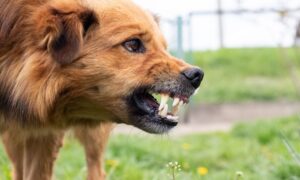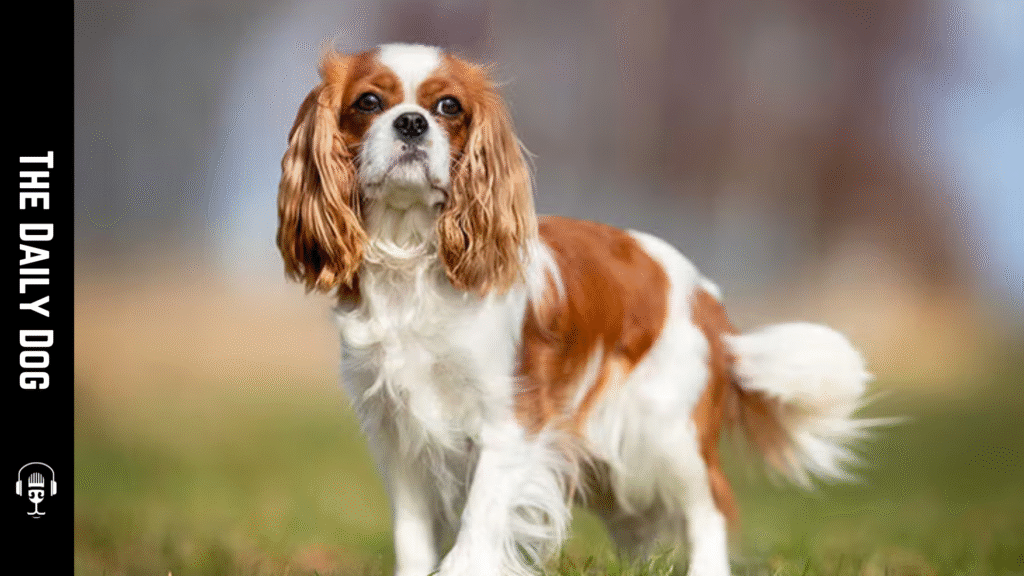The Cavalier King Charles Spaniel, often simply called the Cavalier, is a breed that has charmed dog lovers for centuries with its regal bearing, affectionate nature, and elegant silhouette. These small, silky-spaniel dogs bring a blend of grace and warmth to any home, making them ideal companions for families, singles, and seniors alike. In today’s breed-focused spotlight, we explore what makes the Cavalier King Charles Spaniel special, from temperament and care to health considerations, training tips, and the joys of living with one.
A Regal History and Enduring Appeal
Originating in Europe, the Cavalier King Charles Spaniel traces its lineage to small toy spaniels favored by European royalty. Their gentle disposition and expressive eyes helped them flourish in royal courts, earning a reputation as lap dogs with aristocratic charm. While the breed has undergone developmental changes over the years, modern Cavaliers retain that classic, affectionate temperament. They thrive on companionship, turning every moment into quality time with their favorite people. This enduring appeal is not just about looks; it’s about a dog that seeks connection, comfort, and shared activities, whether it’s a nap on the sofa or a brisk afternoon walk.
Temperament: Gentle, Social, and People-Oriented
Cavaliers are renowned for their friendly, eager-to-please personalities. They form strong bonds with family members and tend to be excellent with children and other pets when properly socialized. Their nature is typically gentle rather than boisterous, making them well-suited to apartment living or homes with limited space. A Cavalier’s happiness often centers on being near their people, so consistency in daily routine, affection, and mental stimulation is important. While they are generally adaptable, they do best in households where they can participate in family activities rather than being left alone for long periods.
Size, Appearance, and Exercise Needs
Cavaliers are small dogs, typically weighing between 13 and 18 pounds with a compact, sturdy build. They have a distinctive expressive face, long, silky ears, and a luxurious, feathered coat that can come in four traditional color patterns: Blenheim (chestnut and white), Tricolor (black, white, and tan), Black and Tan, and Ruby (solid red). Their medium-length coat requires regular grooming to prevent matting and keep the fur glossy. Daily brushing, occasional baths, and routine ear cleaning help maintain their signature look and overall health.
Physically, Cavaliers enjoy moderate exercise. A daily walk, play sessions, and mental stimulation through enrichment toys or training can keep them fit and content. While they don’t demand strenuous activity, they appreciate moments of engagement and affection. A healthy routine supports heart health, joint comfort, and coat condition, contributing to a balanced, happy life.
Health Considerations and Longevity
Cavalier King Charles Spaniels are generally healthy, but they are predisposed to certain conditions that potential owners should know about. Common concerns include mitral valve disease (a heart condition prevalent in small breeds), hip dysplasia, eye problems such as cataracts or retinal issues, and syringomyelia (a neurological condition connected to skull shape). Regular veterinary checkups, heart screenings, and eye exams are essential for early detection and management. Prospective owners should consider breeders who perform health testing on breeding dogs and disclose medical histories transparently.
Maintaining a Cavalier’s long-term health also involves dental care, weight management, and grooming. Obesity can strain joints and exacerbate heart issues, so monitoring food intake and providing balanced meals tailored to age and activity level is important. Routine dental care, including brushing and dental chews, helps prevent periodontal disease, which can impact overall health.
Grooming and Maintenance: Keeping the Cavalier’s Coat and Skin Happy
The Cavalier’s luxurious coat is one of its most admired features, but it also requires commitment. Regular brushing, ideally several times a week, helps prevent mats and reduces shedding to a manageable level. Occasional trimming and professional grooming keep the coat neat, especially around the ears and paws where hair can become tangled. Ear care is important as well, since their long ears can trap moisture and debris, increasing the risk of infections. Cleaning the ears gently and checking for signs of redness or odor should be part of a two-week routine.
Healthy skin and coat also depend on a nutritious diet rich in omega-3 fatty acids, vitamins, and minerals. Some Cavaliers may benefit from sensitive-skin formulas if they have specific allergies. Hydration and regular exercise contribute to a gleaming coat and overall vitality.
Training and Socialization: Building a Well-Behaved Family Member
Cavaliers are intelligent and eager to please, which often translates to a receptive attitude toward training. Positive reinforcement techniques, praise, treats, and play, are effective and create a strong bond between dog and owner. Early socialization is important to ensure they are comfortable in varied environments, with other dogs, and around new people. Short, engaging training sessions work best for this breed, keeping their attention without causing frustration.
Because Cavaliers are people-oriented, they may develop separation anxiety if left alone too long. Creating a predictable routine, providing puzzle toys, and gradually acclimating them to periods of independence can help manage this tendency. Consistency, patience, and positive energy are the cornerstones of successful training.
Living Arrangements: Perfect Settings for a Cavalier
The Cavalier King Charles Spaniel thrives in homes where they receive regular affection, attention, and moderate activity. They adapt well to apartments and houses with yards, provided they receive daily exercise and mental engagement. Because of their sociable nature, they do best when family members are present for a significant portion of the day. For households with young children or other pets, supervising interactions and teaching gentle handling ensures harmony and safety.
Travel and daily routines are usually accessible for Cavaliers, but owners should plan for routine veterinary care, grooming appointments, and mental enrichment. With a consistent schedule, Cavaliers adapt readily to changes such as new seasons, guests, or relocation, making them a versatile companion for varied lifestyles.
Choosing the Right Cavalier: What to Look For
Prospective Cavalier owners should seek reputable breeders who prioritize health testing and responsible breeding practices. A good breeder will provide health clearances for the puppy’s parents and be transparent about potential hereditary issues. Meeting the puppy’s parents, observing temperament, and asking about socialization opportunities can help ensure a strong start. If adopting, rescue groups focused on Cavalier breeds can be a wonderful path to finding a loving home for a dog in need.
Preparing your home for a Cavalier involves arranging a comfortable space, safe chew toys, and a high-quality crate or designated resting area. Because Cavaliers notice and respond to the emotional tone of their families, creating a calm, positive home environment benefits both dog and owner.
Final Thoughts: Why the Cavalier King Charles Spaniel Makes a Lasting Impression
The Cavalier King Charles Spaniel is more than a pretty face; it’s a companion bred for connection. With a gentle temperament, affectionate nature, and enduring elegance, Cavaliers enrich daily life with warmth, devotion, and joyful interaction. They invite families to slow down, share moments, and celebrate the simple pleasures of companionship, soft ears, a wagging tail, and the quiet comfort of a friend who truly wants to be near you.
If you’re considering adding a Cavalier to your home, plan for regular veterinary care, consistent training, and ongoing grooming to preserve health and happiness. With proper care and love, a Cavalier King Charles Spaniel can offer years of loyal companionship, turning everyday routines into meaningful, heartwarming experiences.
We offer a FREE Strategy Call.
Click on the graphic to learn more
Read More

Understanding the Safety Risks of Canine Aggression: A Comprehensive Guide









